Bad gas mileage - What you need to put in mind
There are a few ways you can cut down on fuel consumption every time you ride.
The newest cars these days are in it for the long run. We say that because most of the vehicles manufactured today vie against the top spot for fuel economy. If you can afford any of the new vehicles with this feature, well good for you.
But if you can’t, there are still a few ways you can cut down on fuel consumption every time you ride. You can try revving less in the morning especially if your vehicle is a fuel-injected type. But if that doesn’t work for you, there may be some causes that you need to know about.
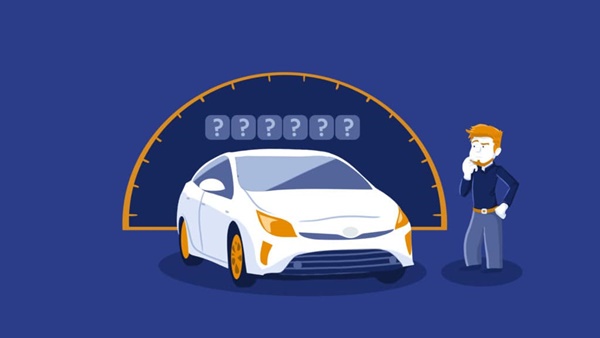
What do you know about the reasons why your car mileage malfunctioned?
In some cases, poor gas mileage can’t be helped especially if you often drive in the city. In fact, if you often do stop-and-gos when driving, you will most likely have poor mileage.
But if you think there’s no reason for your vehicle to be giving you such results, underlying problems may be present. Philcarnews.com listed some of the many possible reasons as to why your vehicle has poor gas mileage.
1. Carbon buildup
The longer your vehicle lives, the more carbon can build-up on its internal components. These components could be the injectors, the valves, the cylinder walls, and the piston.
Minimal carbon buildup is normal and should be nothing to worry about. But if there is too much of it, especially in vital areas, it can become a problem
Too much carbon buildup can affect the valve’s ability to seat properly. It can also affect the pistons’ sealing capacity against the vehicle’s cylinder walls. This reduces compression and reduces the efficiency of the whole process. The end result is reduced fuel economy.
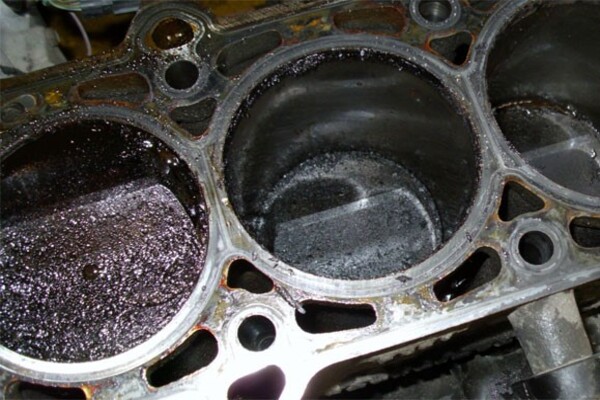
The longer your vehicle lives, the more carbon can build-up on its internal components
This event is more common in direct injected cars. Direct injection “injects” the fuel directly into the vehicle’s cylinder. Port injection, on the other hand, injects fuel right before the vehicle’s intake valve.
Because gasoline is a type of solvent, it washes the intake valves in port-injected vehicles. This drastically reduces the buildup of carbon. Carbon buildup can also be removed by a fuel system cleaner.
>>> Related: SOS! Wrong Fuel: What Happens Now & What Should I Do?
2. Possessing a lead foot
We know how fun it is to be gunning and stepping on the gas. But this habit is very bad when it comes to fuel economy. A lot of vehicles yield only as much as single-digit fuel economy when engaged at wide-open throttle. This follows a simple principle of the design.
Every time you step on the gas, you open the throttle plate. This lets more air enter the vehicle’s combustion engine. The vehicle's ECU (engine control unit) should then respond by giving more fuel to maintain the proper fuel and air ratio.
This event is made worse by the fact that a lot of vehicles run richer than necessary in high load situations. Vehicles like turbocharged ones are highly guilty of this. The additional fuel then cools the cylinders. This prevents the so-called “knock.”
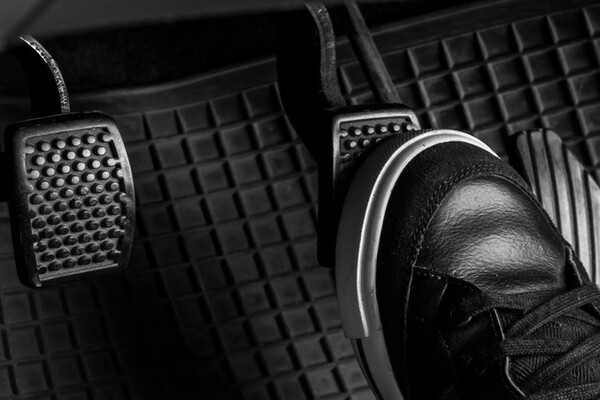
Stepping on the gas is very bad when it comes to fuel economy
The knock is the fuel that’s ignited right before the engine’s spark plug has fired. This is also called pre-detonation. This has the potential to damage (if not completely ruin) an engine that’s under high load.
The obvious solution here is to take light steps on the gas pedal. Take gradual accelerations and avoid mashing the pedals.
3. Using lower octane fuel
Octane ratings describe the fuel’s ability to disallow combustion under pressure. The higher a fuel’s octane rating is, the more resistant it is to pre-detonation. Some vehicles let their owner pick between regular, mid-grade and premium octane gasoline.
Regular octane gasoline has 87 octanes. Mid-grade has about 89 octanes while premium ones have 91 to 93 octane. A lot of vehicles, however, still recommend using premium octane gasoline.
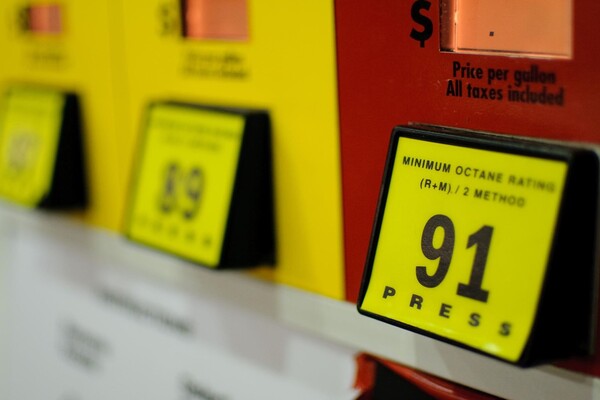
Octane ratings describe the fuel’s ability to disallow combustion under pressure
If a lower grade octane is used on vehicles that require premium one, your car's ECU will respond by delaying the ignition timing. This is also known as dialing back or pulling timing. This simply means that your spark plug fires later than it should.
After the regular fuel is all consumed and replenished, your car’s ignition timing will then advance again. To prevent that from happening, you should only use the suggested octane by the manufacturer.
4. Tailgating
Failing to keep a safe distance from the vehicles at the front can also be the reason for your poor gas mileage. If you tailgate often, you most likely hit the brakes and the accelerator vigorously and repeatedly.
If not, you may end up hitting the next vehicle up at your front. But if you keep calm in traffic and give a bigger following distance, you’ll see an increase in fuel economy.

Failing to keep a safe distance from the vehicles at the front can also be the reason for your poor gas mileage
5. Worn piston rings
Any normal vehicle can have worn out piston rings as the vehicle ages. When it wears out, it won’t be able to seal against your vehicle’s cylinder wall properly. This will reduce the compression. In turn, this will also reduce the fuel economy.
Wear on the cylinder walls or piston rings can accelerate if the wrong oil is used. This can also happen if the oil is not changed at correct intervals. The same event can happen if you drive your vehicle even if the oil is low.
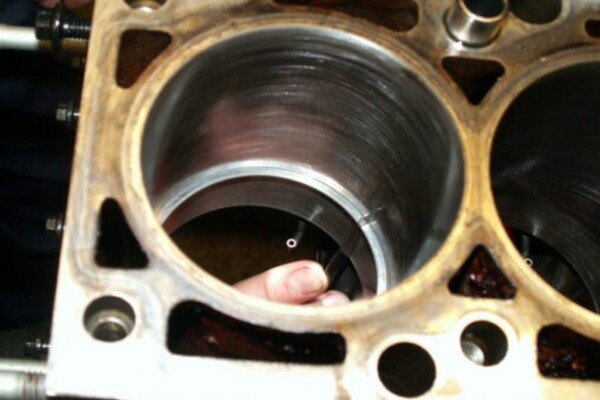
Any normal vehicle can have worn out piston rings as the vehicle ages
Lugging your engine constantly can also cause the same issue over time. A lot of the oil pumps are driven off their crankshaft (positive displacement).
If you require a higher load at low RPM, your oil pump is sure to run at lower pressure. This will send less oil to important parts of the vehicle.
The solution here is simple. You need to downshift right before stepping on that accelerator. Then, let your clutch out slowly. But this is if you’re driving a manual transmission vehicle.
6. Low tire pressure
This event will increase the rolling resistance in an affected tire. This means it will need more energy to turn the wheel. A lot of the newest vehicles today come with tire pressure monitoring systems.
But unless your car has a built-in one, the only way to know if it has low tire pressure is if it gets to a point that’s too low.
>>> Click here to get more helpful tips and advice for your safe driving
RECENT ARTICLES









